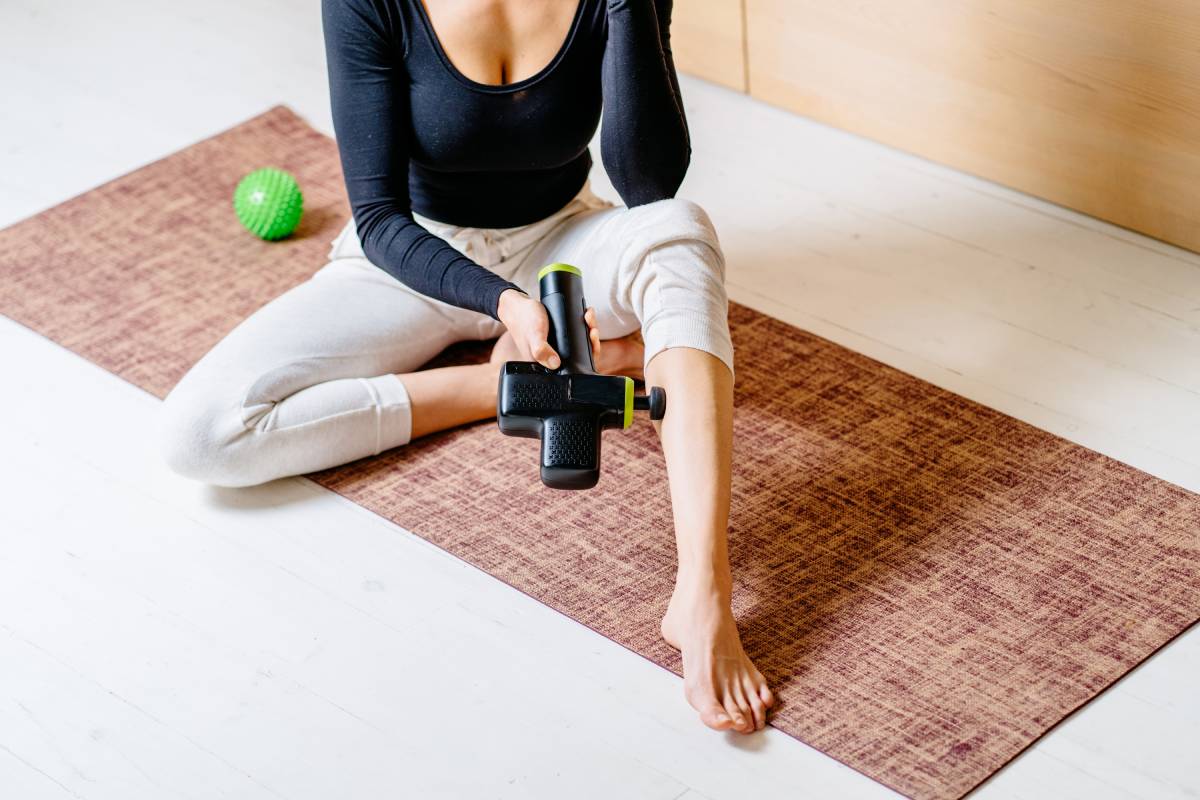
How To Increase Blood Flow
Blood circulation is a crucial process for your overall health. Through proper blood flow, it’s easier for your body to transport oxygen, vitamins, minerals, and other nutrients to every body tissue, muscle, and organ. Furthermore, proper blood flow is needed to eliminate waste products and other toxins from your body. Although you’ve probably not given much thought to the blood circulating in your body, many people actually suffer from chronic blood flow issues.

Abnormal or irregular blood flow could result in hypertension, cardiovascular disease, stroke, heart attack, or leg amputation. A person can suffer from abnormal blood flow due to unhealthy eating, smoking, a sedentary lifestyle, or a family history. Thus, healthcare professionals always recommend exercise as an effective way of keeping a healthy blood flow. Through exercise, your heart muscles expand, allowing your blood to flow rapidly into your blood vessels, improving circulation.
But, what about those people who can’t work out? Are there other ways to improve their blood circulation despite not working out? Fortunately, yes, there are. For your guide, here are some steps you can take to help increase blood flow if you can’t work out.
Table of Contents
1. Get A Massage
Many people only think of getting a massage when they want to pamper themselves or relax after a long and exhausting week at work. But besides bringing great relaxation and relief, a massage is also a perfect tool to boost your blood circulation. Massages help keep your blood moving the same way working out does.
2. Use A Massage Gun
If visiting a professional massage therapist is a hassle or an impossible option for you, you can always resort to self-massages and use a massage gun. A massage gun will help increase blood flow by stimulating your lymphatic system to keep your blood circulating throughout your muscles and organs. So, get yourself a massage gun and use it after long hours in the office or being on your feet for a prolonged period.
3. Stay Hydrated
Drinking lots of water is also helpful in maintaining healthy blood circulation. When your body’s well-hydrated, it’s much easier for your heart to pump blood through your blood vessels to the rest of your vital organs and muscles. Most of the time, the amount of water you drink depends on your region’s climate, your activity level, and the type of clothes you’re wearing. As much as possible, drink water as often as you can, and don’t wait until you feel thirsty. Feeling thirsty only means your body is already dehydrated for a long while.
Besides water, other beverages that will keep you hydrated and promote proper blood flow may include:
- Black and green tea
- Milk
- Broth
- Natural fruit or herb juices
It’s also advisable to take bottled water wherever you go so you can quickly rehydrate and keep your blood pumping properly throughout the day.
4. Minimize Alcohol Intake
Drinking alcohol in moderation is okay, but too much can be dangerous for your blood circulation. Consuming too much alcohol more frequently can cause your arteries to harden or constrict, making it difficult for your blood to flow and circulate properly. So, while it’s not too late, minimize your alcohol intake before it causes hypertension or a stroke.
5. Manage Your Stress Levels
Many people refer to stress as the silent killer. When you’re constantly stressed out, it triggers your nervous system to release more adrenalin and cortisol hormones, causing your blood vessels to constrict and result in poor blood flow. Thus, you must manage your stress levels and ensure it doesn’t reach a point where it adversely affects your blood circulation. Some techniques to help you manage stress may include meditation, socializing with friends or family, doing relaxation techniques, and getting a massage.
6. Eat Foods With Omega-3 Fatty Acids
How to increase blood flow with food? Yes, it’s also possible. Your diet can affect your blood circulation. Eating too much fatty, oily, and sugary foods can lead to high blood pressure and plaque formation, affecting your body’s ability to pump blood. Thus, it’s best to steer clear of these foods and focus on eating foods rich in omega-3 fatty acids. You can get these nutrients from kale, fatty fish, cinnamon, flaxseeds, and walnuts.
7. Take A Warm Bath
You may think of taking a warm bath as part of your bedtime routine as it helps put you in a relaxed state and make it easier to fall asleep. But aside from that benefit, taking a warm bath also promotes blood circulation. Warm water helps open your blood vessels, leading to lower blood pressure and easier flow of blood. Now you have more reasons to take warm baths frequently.
8. Do Some Stretching
Even if you can’t work out, make an effort to do some stretching instead. This is important, especially if you’re always seated in the same position throughout the day due to your job or current physical condition. Even as simple as getting up, walking around, and performing easy stretches every 15 minutes is enough to promote blood circulation and prevent potential blood flow problems in the future.
Key Takeaway
Overall, the key to optimal health and comfort is proper blood circulation. Now that you know how crucial it is for your health, it’s time to start paying more attention to your blood flow and incorporate these habits into your daily routine.



